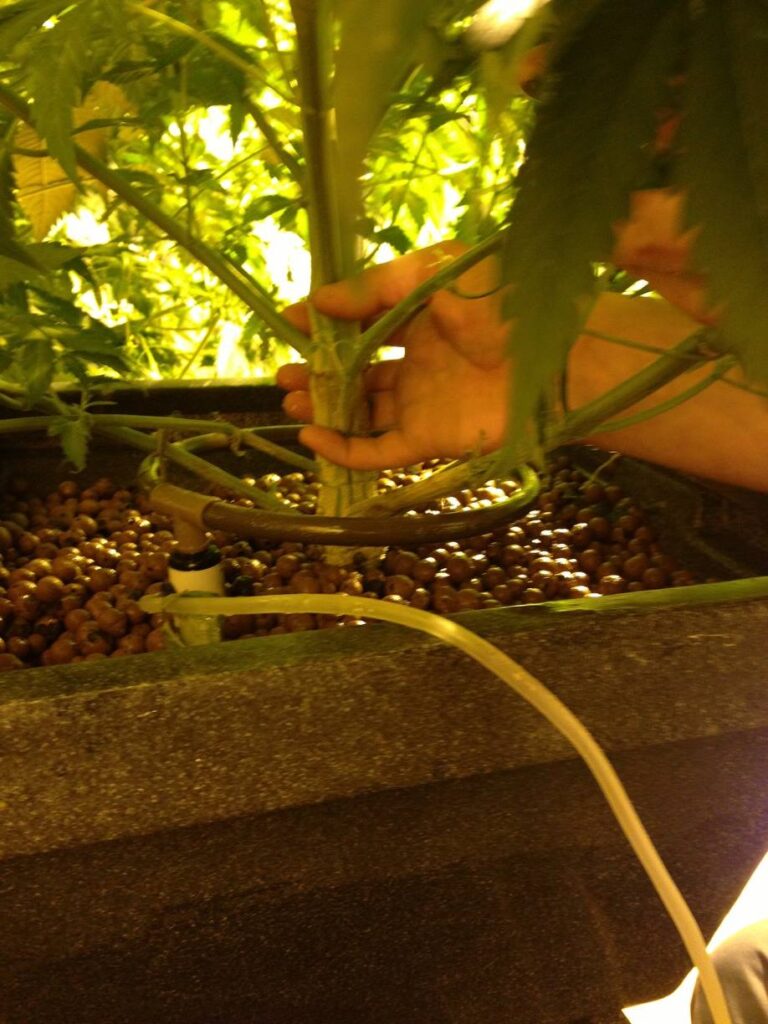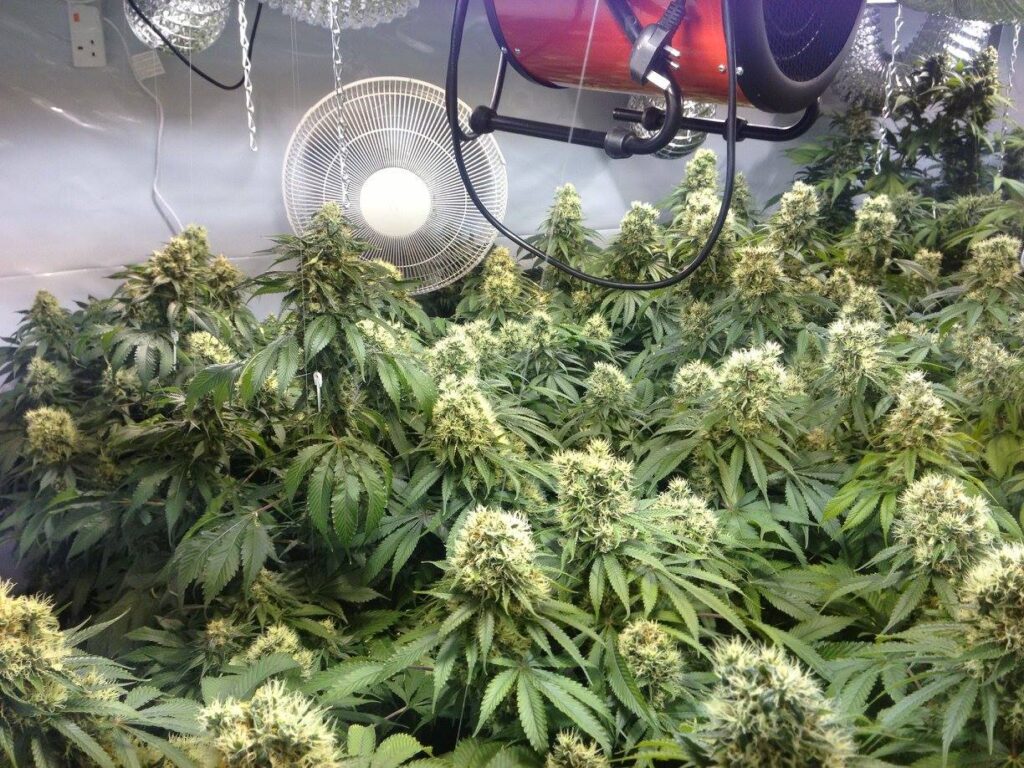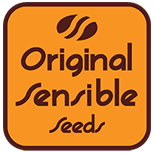Training & Topping: Shaping Your Cannabis Plants for
Bigger Yields

Cannabis is a remarkably adaptable plant, and one of the most powerful ways to increase yield, improve airflow, and make the most of your grow space is through training and topping. These techniques help shape your plant’s growth, allowing more light to reach key bud sites and reducing the risk of problems like mold or stretch. For more techniques check out our Needs of a Plant series here.
When done correctly—especially with stable genetics from trusted breeders like Original Sensible Seeds—training and topping can dramatically improve your final results. This guide covers the what, why, and how of plant training and topping for beginner and intermediate growers.

Why Train Your Plants?
Left to grow naturally, cannabis plants tend to develop a single tall main cola. While that can work, it often means lower branches get less light and produce smaller buds. Training allows growers to control plant shape and light distribution for better consistency and bigger yields.
Topping Explained
Topping is a high-impact training technique that involves cutting off the top growth tip of the plant. This stops vertical growth and encourages the plant to split its energy between two new main branches, leading to a bushier structure and more evenly sized colas.
- – Wait until the plant has developed 4–6 nodes before topping.
- – Use clean, sharp scissors or a sterilized razor blade to avoid infection.
- – Cut just above the 3rd or 4th node, leaving healthy branches below to take over growth.
- – After topping, give the plant a few days to recover before further training or transplanting.
Low Stress Training (LST)
LST is a gentler form of training that involves bending and tying down branches to encourage horizontal growth. It’s especially useful in small grow spaces or tents where height is limited.
- – Use soft plant ties, coated wire, or garden clips to bend branches outward and open the canopy.
- – Start early while stems are still pliable, usually once the plant has 4–5 nodes.
- – Adjust as the plant grows to maintain even light coverage and airflow.
High Stress Training (HST) Methods
More advanced growers sometimes use techniques like super cropping (bending stems until they crease but don’t break) to manage stretch and redirect growth. These methods can be effective but require experience and healthy, resilient genetics.
When to Train — and When to Stop
Plant training should mostly take place during the vegetative stage. Once the plant enters flowering, it’s best to leave it undisturbed unless absolutely necessary. Topping or major bending during flowering can stress the plant and reduce yields.
Why Genetics Matter When Training Plants
Not all strains respond to training the same way. Some are naturally bushy and resilient, while others are more sensitive. Choosing strong, stable genetics—like those from Original Sensible Seeds—gives you the confidence that your plants will recover quickly from topping and respond well to training techniques. Many of their best sellers are known for thriving under LST and topping, making them ideal choices for training-focused grows.
If you’re experimenting with training for the first time, consider selecting a strain from the best sellers at Original Sensible Seeds. These are tried-and-tested genetics that handle stress well and reward patient growers with dense, high-quality buds.
Final Thoughts
Training and topping can seem intimidating at first, but they’re among the best techniques to boost your yield, improve bud structure, and control plant height. Start slow, be gentle, and choose the right genetics. With practice and the right approach, your plants will grow fuller, stronger, and more productive than ever before.






